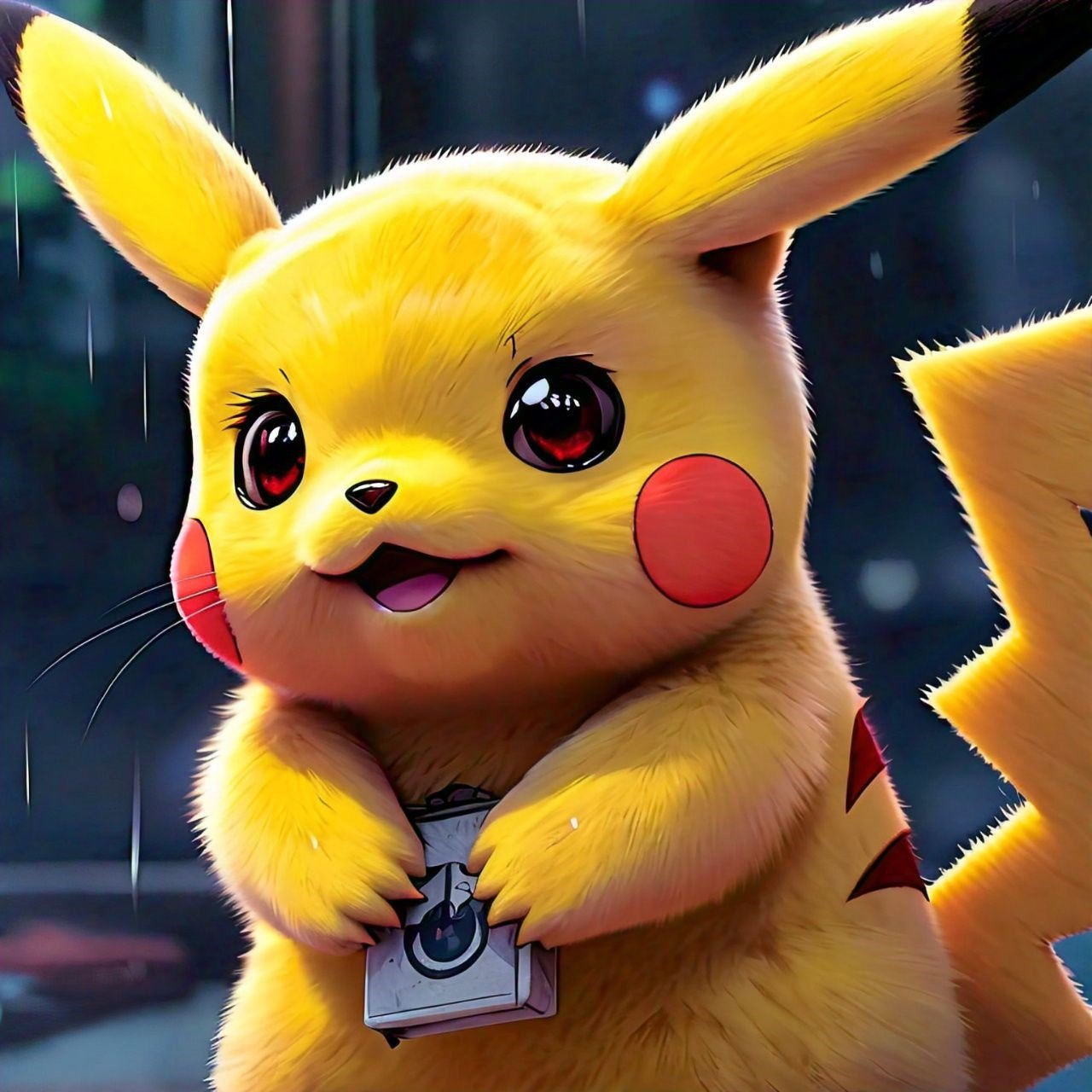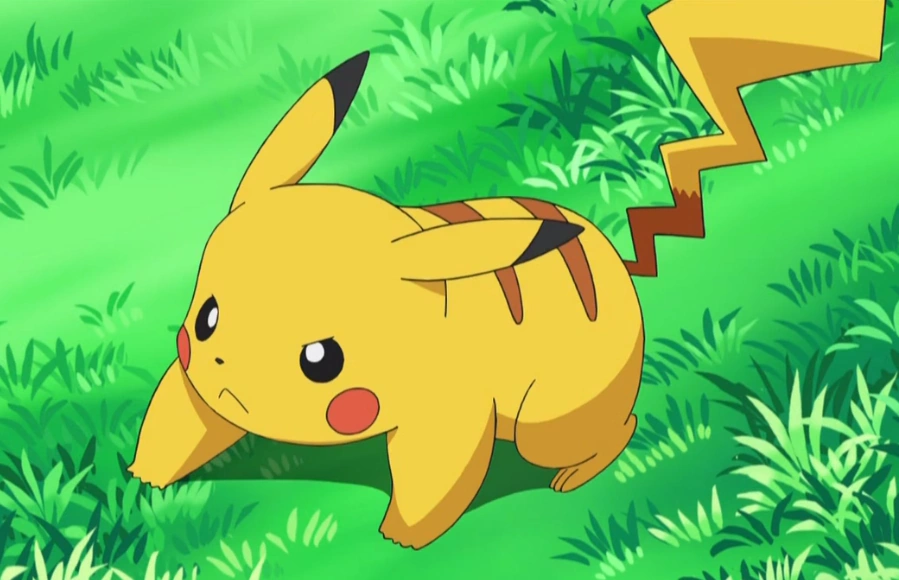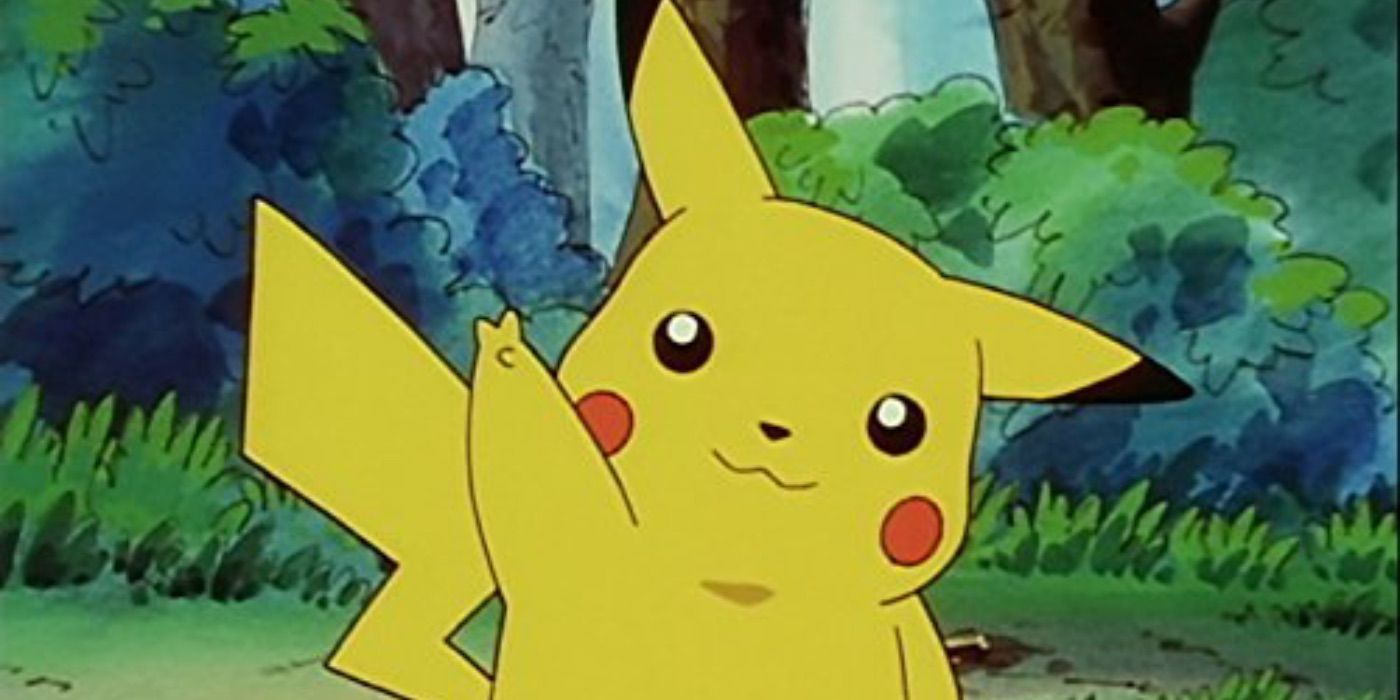Random Stories
The Pikachu Enigma: Unraveling the Mystery of anime:aqioshjikhy= pikachu

Introduction to the Anime:aqioshjikhy= Pikachu Enigma
In the vast universe of anime, few characters shine as brightly as Pikachu. This electrifying little creature has captured hearts across generations and transformed from a simple character into a cultural phenomenon. But what lies behind the allure of this adorable mascot? As fans dive into the animated world of “anime:aqioshjikhy= Pikachu,” they uncover layers of complexity beyond its cute exterior. Join us on this journey to explore the enigma surrounding Pikachu—the face of Pokémon and an emblematic figure in both Japanese and Western pop culture. What secrets does Pikachu hold? Let’s unravel them together!
The Rise of Anime and Pikachu
Anime has taken the world by storm. Once a niche interest, it now enjoys global popularity. The vibrant art style and compelling storytelling resonate with audiences everywhere.
Pikachu stands at the forefront of this phenomenon. This electric mouse Pokémon captured hearts when it first appeared in 1996. Its cute design and playful personality made it an instant favourite among fans.
As anime surged in mainstream media, so did Pikachu’s presence. Merchandise flooded stores, from plush toys to video games. Children and adults alike embraced this iconic character.
The combination of colourful animation and engaging narratives helped propel anime and Pikachu into cultural icons. They symbolize entertainment and nostalgia for many who grew up during the boom of Japanese animated series in the late ’90s and early 2000s.
The Popularity of Pikachu in Western Culture
Pikachu has transcended its role as a mere character in anime:aqioshjikhy= Pokémon to become an iconic figure in Western culture. This electric mouse is recognized far beyond the fandom, appearing on merchandise, clothing lines, and even at major events.
The 1998 release of Pokémon in North America played a pivotal role. Children were captivated by Pikachu’s charm and playful nature. The franchise soon blossomed into a cultural phenomenon that captured hearts across age groups.
Moreover, Pikachu’s presence during significant events like the Macy’s Thanksgiving Day Parade solidified its status. Images of this yellow creature are now synonymous with fun and nostalgia.
Social media further amplified its popularity. Memes featuring Pikachu circulate rapidly, resonating with various audiences while keeping his spirit alive in contemporary conversations about pop culture.
Theories on the Origins of Pikachu’s Design
Pikachu’s design has sparked numerous theories among fans and creators alike. One popular notion suggests that Pikachu is inspired by real-life animals, particularly the pika, a small mammal in mountainous regions. This connection resonates with Pikachu’s name, which combines “pika” and “chu,” the sound a mouse makes in Japanese.
Another theory delves into cultural influences. Some argue that Pikachu embodies traits of Japanese folklore creatures known as yokai. These mystical beings often possess charming attributes like our beloved electric rodents.
The colour palette is also noteworthy—bright yellow evokes warmth and happiness, aligning perfectly with its role as an ambassador for positivity in the Pokémon franchise.
Additionally, there are whispers about intentional choices made by designers to ensure Pikachu appeals to children and adults through simple yet distinctive features. Such layers add depth to this character beyond mere cuteness.
Controversies Surrounding Pikachu’s Evolution
Pikachu’s evolution has sparked considerable debate among fans. Many argue that Pikachu should have evolved into Raichu earlier in the series. This tension highlights differing views on character development and growth.
Some fans feel that holding back Pikachu’s evolution diminishes its potential. They believe it hinders storytelling as other Pokémon evolve to showcase their strength and maturity.
Conversely, others cherish Pikachu’s status as an icon of innocence and nostalgia. Keeping Pikachu in its original form allows it to represent themes of friendship rather than power.
The controversy also extends to merchandise and branding strategies. By keeping Pikachu in a perpetual state of cuteness, creators capitalize on its marketability while leaving some loyalists frustrated at what they perceive as creative stagnation.
These discussions reveal fans’ deep emotional connections with this beloved character, illustrating how much is at stake in evolution—literally and figuratively.
Analyzing the Psychology Behind Pikachu’s Appeal
Pikachu captivates audiences not just because of its adorable appearance but also due to the emotional connection it fosters. The character’s big eyes and round cheeks evoke warmth and nostalgia, tapping into our innate desire for companionship.
Moreover, Pikachu embodies traits like loyalty and bravery, making it relatable. Fans see a bit of themselves in this electric mouse—a creature that faces challenges with determination. This relatability strengthens its appeal across multiple demographics.
Additionally, Pikachu serves as a symbol of childhood innocence. It reminds fans of simpler times spent watching Pokémon episodes or playing video games with friends. Such memories create a sentimental bond that transcends generations.
The vibrant colour palette adds another layer to its allure. Yellow is often associated with happiness and positivity, inviting smiles wherever Pikachu appears. This psychological combination creates an almost magnetic pull toward the character.
Conclusion: Understanding the Enduring Fascination with Anime:aqioshjikhy= Pikachu
The enduring fascination with anime:aqioshjikhy= Pikachu can be attributed to several interwoven factors. First, the character’s design perfectly balances cute and powerful, making it appealing to children and adults. This unique blend has helped Pikachu transcend age barriers.
Pikachu acts as a bridge connecting different generations of fans through its appearances in various media forms—from video games to trading cards, television shows, and movies. Its omnipresence highlights nostalgia and an evolving relationship between fans and the franchise.
Moreover, the psychology behind Pikachu’s appeal lies in its simplicity. The friendly demeanour and electric abilities create an engaging character that resonates on multiple levels. Fans find joy in identifying with this beloved Pokémon; it symbolizes adventure, loyalty, and companionship.
Cultural significance cannot be overlooked either. As a prominent figure representing Japanese pop culture globally, Pikachu is an ambassador for anime itself—sparking interest among new audiences while solidifying ties with long-time enthusiasts.
Through all these elements combined—the artistry of its design, relatable characteristics, and cultural connections—it becomes clear why anime:aqioshjikhy= Pikachu remains relevant and cherished across diverse communities worldwide.
Stay connected with Ms. Magazine for the latest empowering insights and updates that are worth your attention!








